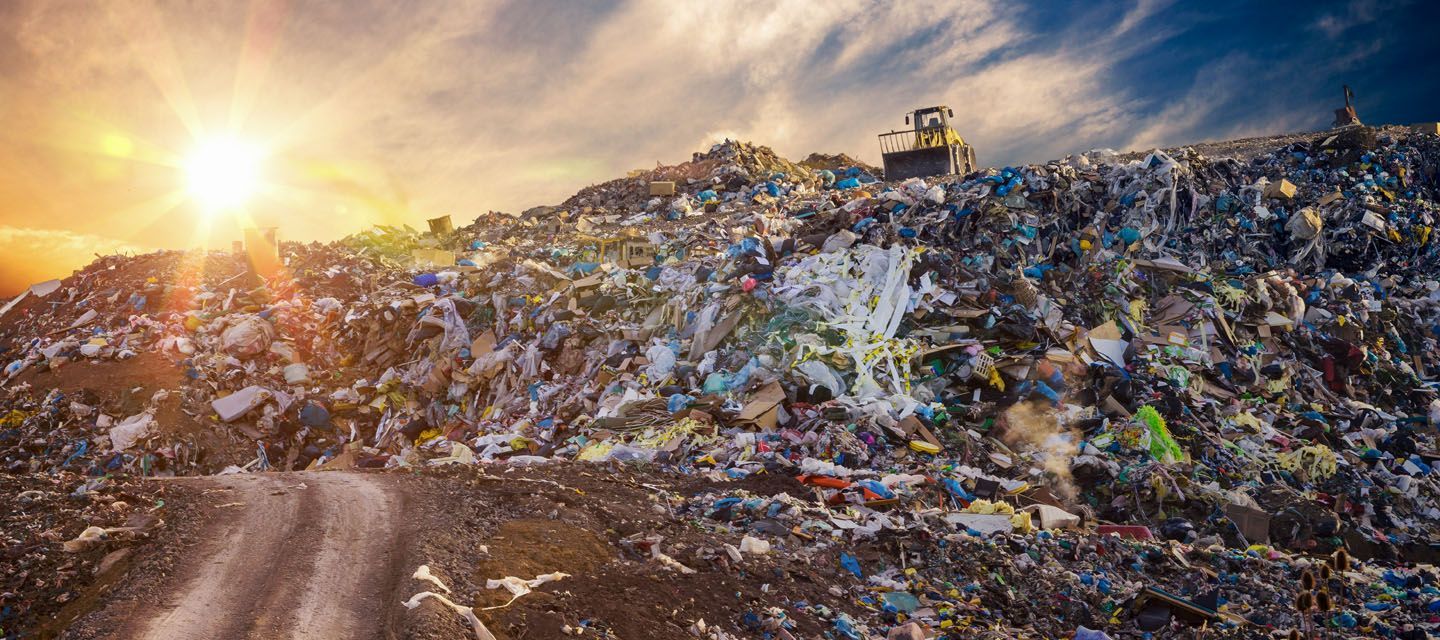Asbestos Removal Contractor Auditing: Ensuring Compliance for License Holders
As a license holder, it is crucial to ensure that your operations comply with the HSE requirements to avoid legal consequences

In recent years, the Health & Safety Executive (HSE) has increased its efforts in enforcing the Control of Asbestos Regulations 2012 (CAR2012) through unannounced site visits. This has led to several asbestos removal contractors failing to meet the Industry Standards mandated by the regulations. As a license holder, it is crucial to ensure that your operations comply with the HSE requirements to avoid legal consequences.
The Importance of Compliance for License Holders
Asbestos removal contractors, as license holders, must adhere to the regulations set forth by the HSE. This not only ensures the safety of employees and the public but also prevents the possibility of facing penalties and sanctions. Non-compliance can lead to the following actions taken by the HSE enforcement officers:
• Issuing Improvement Notices (IN)
• Prohibition Notices (PN)
• Prosecution
Furthermore, the Asbestos Licensing Unit (ALU) has the authority to impose additional sanctions on license holders for poor performance, such as:
• Extra license conditions, e.g., submitting air monitoring results quarterly
• Issuing a license for less than three years or reducing the license term at any time
• Refusing to grant a license on a permanent or temporary basis
• Revoking a license, preventing the contractor from carrying out licensed work altogether
The Role of Asbestos Removal Auditing
To help license holders maintain compliance with the HSE regulations, organizations like Consulo Compliance and Trident Surveying Ltd offer asbestos removal auditing services. These audits provide valuable insights into legislative compliance and can serve as a powerful management tool for contractors.
The Benefits of Asbestos Removal Auditing
- identifying areas of non-compliance and providing solutions to address them
- Ensuring that company policies and procedures align with Health and Safety legislation
- Confirming that safe working procedures are implemented correctly on-site
- Demonstrating to the HSE a continued commitment to meeting Industry Best Practice and Standards
- Providing peace of mind that license holders are compliant with legislation
- Improving your chances of maintaining your license at you next license renewal
The Expertise of Consulo Compliance
Consulo Compliance is proud to be part of the ACAD auditing team, regularly assisting and advising in the development of site audits. With unrivaled levels of industry experience and complete impartiality, they offer a comprehensive and reliable auditing service.
The Asbestos Removal Auditing Process
The auditing process typically involves several stages to ensure thorough assessment and effective recommendations.
Pre-Audit Preparation
Before conducting the audit, the auditing company will gather information about the license holder's operations, including any existing Health and Safety policies and procedures. This will help the auditors understand the context of the company's operations and identify potential areas of concern.
On-Site Inspection
The auditors will visit the site unannounced to assess the current conditions and observe the implementation of safety procedures. This will provide a snapshot of the site conditions and help the auditors identify any compliance issues.
Post-Audit Analysis and Reporting
After completing the on-site inspection, the auditors will analyze their findings and compile a comprehensive report. This report will outline any areas of non-compliance and provide recommendations for improvement. It will also highlight the strengths and weaknesses of the current Health and Safety practices in place.
Here at Consulo, our auditors are among the most experienced in the industry undertaking audits on behalf of ACAD and working closely with Assure 360. Our audits are completed using the most up to date and comprehensive set of audit questions ensuring your audit equips you with the information you need to remain at the forefront of the industry and regulatory changes. Using the Assure 360 system to complete our audits, you will receive a comprehensive audit report following the audit and if you are an Assure 360 user already, the audits will integrate seamlessly into your existing quality management system.
Follow-Up and Continuous Improvement
The auditing company will work closely with the license holder to ensure that the recommended improvements are implemented effectively. Regular follow-up audits may be conducted to monitor progress and ensure continued compliance with HSE regulations.
Key Aspects of a Successful Asbestos Removal Audit
A successful asbestos removal audit should cover several key aspects to ensure that all potential risks and compliance issues are identified and addressed.
Air Monitoring
Regular air monitoring is crucial for maintaining a safe working environment during asbestos removal operations. The auditors will assess the frequency and quality of air monitoring conducted by the license holder and recommend improvements if necessary.
Employee Training and Awareness
Ensuring that employees are adequately trained and informed about the dangers of asbestos and the correct procedures for handling it is essential for maintaining compliance with HSE regulations. The auditors will review the license holder's training programs and verify that employees have the necessary knowledge and skills.
Personal Protective Equipment (PPE) & Respiratory Protective Equipment (RPE)
The use of appropriate PPE & RPE is vital for minimizing the risks associated with asbestos removal. The auditors will inspect the PPE & RPE used by the license holder's employees and recommend improvements if required.
Waste Management
Proper disposal of asbestos waste is crucial for preventing environmental contamination and ensuring compliance with HSE regulations. The auditors will assess the license holder's waste management practices and provide recommendations for improvement.
Documentation and Record-Keeping
Maintaining accurate records of asbestos removal operations is essential for demonstrating compliance with HSE regulations. The auditors will review the license holder's documentation and record-keeping practices to ensure that they are up to date and compliant with the regulations.
In Conclusion
Asbestos removal contractor auditing is a critical process for license holders to ensure compliance with HSE regulations and maintain a safe working environment for their employees. By partnering with experienced and impartial auditing companies like Consulo Compliance, license holders can identify and address compliance issues and demonstrate their commitment to meeting Industry Best Practice and Standards.









